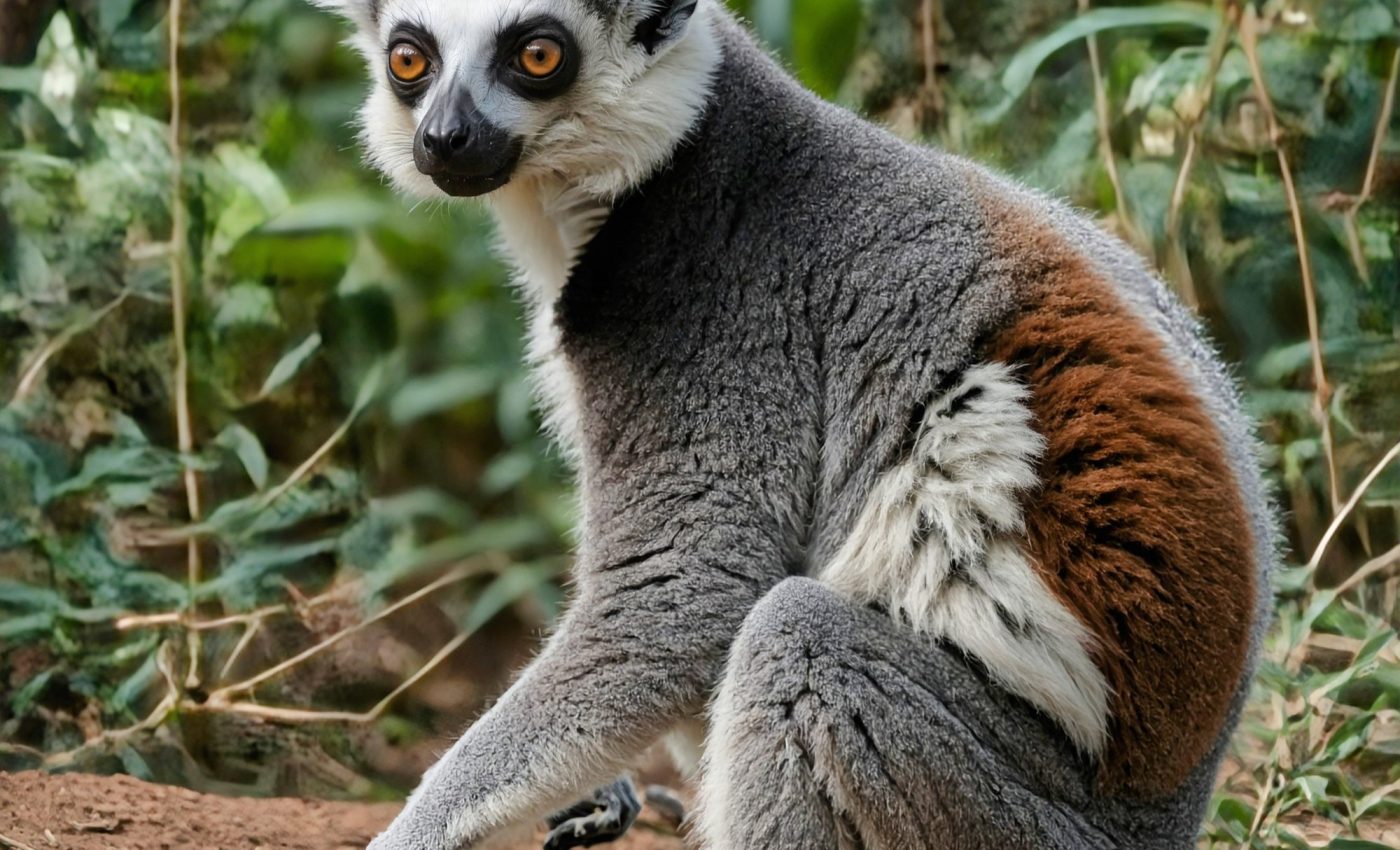
Lemurs rely on memory, smell, and social tips to find food
Have you ever wondered how your neighbor’s cat always manages to find its way to your fish pond? Or how your dog sniffs out the treat hidden in your pocket?
Animals have an incredible ability to locate their food, but have we ever stopped to think about just how they do it? Enter the remarkable world of lemurs. Their daily struggle to feed might be more sophisticated than you think, and behind it lies a cocktail of evolutionary tricks.
The study was led by Elena Cunningham, an anthropologist and clinical professor of molecular pathobiology at the prestigious NYU College of Dentistry. The intriguing study explores how lemurs find their food.
Lemurs’ problem solving skills
These furry primates possess a unique combination of sensory information, ecological knowledge, and social understanding that help them locate their food. According to Cunningham, the lemurs’ ability to consider multiple aspects of a problem provides evidence of their advanced complexity.
The eternal debate on why primates evolved bigger brains than other animals is divided into two schools of thought.
One, the need to find scarce resources in the environment, and the other, the social pressures of outsmarting one another within a group. Cunningham believes these factors evolved side by side.
Lemur food-finding strategies
To explore the lemurs’ food-finding strategies, Cunningham went to the Lemur Conservation Foundation in Myakka City, Florida. This is home to several lemur species, including brown lemurs. These primates are known for having a keener sense of smell than humans, and for their primary diet of fruit.
In a series of intriguing experiments, the researchers hid pieces of cantaloupe in cardboard takeout containers within the lemurs’ environment. Despite being outnumbered by empty containers, the lemurs had little trouble finding the fruit-filled ones.
The successful foraging leaned on a combination of the lemurs’ long-term memory, their acute sense of smell, and social cues. Notably, the lemurs were observed to have a 50% better success rate than chance when approaching the baited containers.
Role of lemur memory in finding food
Memory plays a pivotal role in the foraging strategies used by lemurs. These primates are able to anticipate where food is likely to be found by retaining information about past foraging experiences.
This form of episodic memory allows lemurs to remember not only the locations of successful foraging spots but also the associated social dynamics, such as which locations were previously contested or co-opted by others.
Cunningham’s research demonstrates that lemurs can recall these experiences over substantial periods, ultimately enhancing their foraging efficiency and promoting survival in their natural habitats.
Social learning within lemur groups
Lemurs also benefit from the intricate web of social learning within their groups. They observe and mimic the foraging behaviors of their peers, leading to a shared pool of knowledge that enhances the group’s overall ability to locate food.
This behavior highlights the importance of social structure in their communities, as younger lemurs can learn from more experienced individuals.
Cunningham’s findings emphasize that such social learning mechanisms may be fundamental to the evolution of cognitive complexity in lemurs, suggesting that the quest for food is as much a communal effort as it is an individual one.
This interplay between individual capability and collective knowledge could reveal much about the evolutionary pressures shaping not only lemurs but primate intelligence as a whole.
Significance of the study
“What our study shows is that these three factors are all operating at the same time – the lemurs have memories of where the food is and they are considering olfactory information and social factors,” said Cunningham.
“We still have much to learn about how this interplay and the evolution of cognition, but it’s important to look at these factors not in isolation, but in conversation.”
Cunningham’s concluding observations confirm that all three factors – memory, smell, and social factors – work in tandem for the lemurs’ food quest.
But, isn’t that just like us humans? We remember where the nearest pizza place is, we can smell our favorite coffee a block away, and often, a friend’s suggestion sets us off on our next food adventure.
It’s fascinating to think that in the grand scheme of evolution, we really aren’t that different from lemurs.
The study is published in the journal International Journal of Primatology.
—–
Like what you read? Subscribe to our newsletter for engaging articles, exclusive content, and the latest updates.
Check us out on EarthSnap, a free app brought to you by Eric Ralls and Earth.com.
—–













